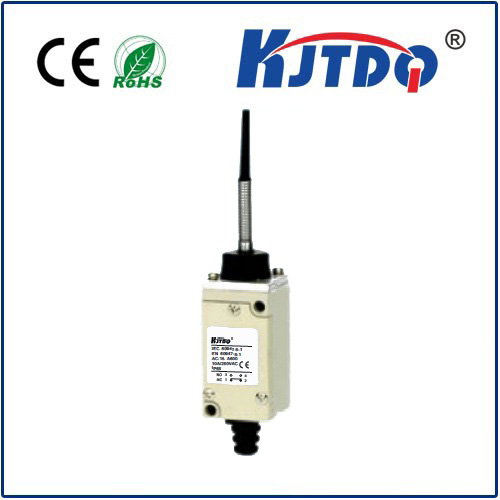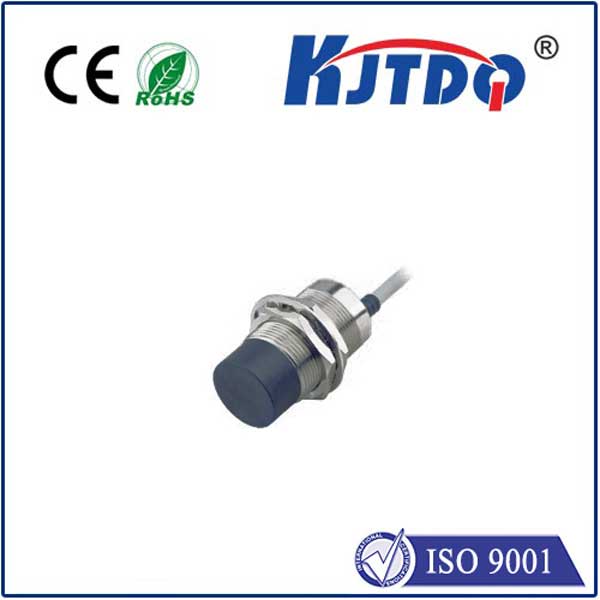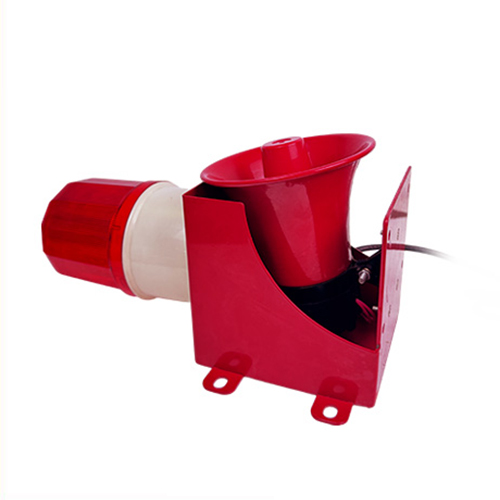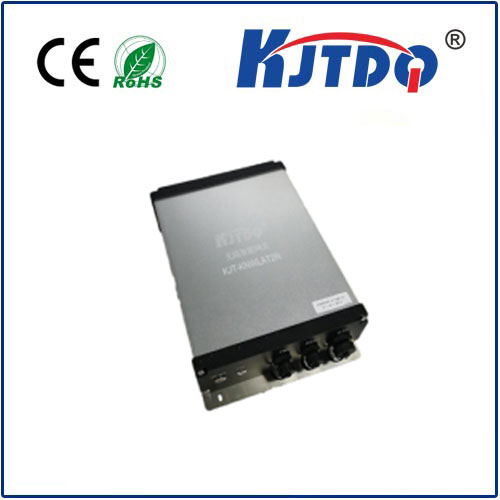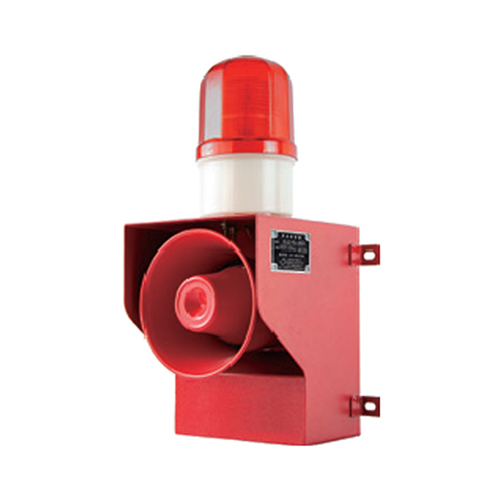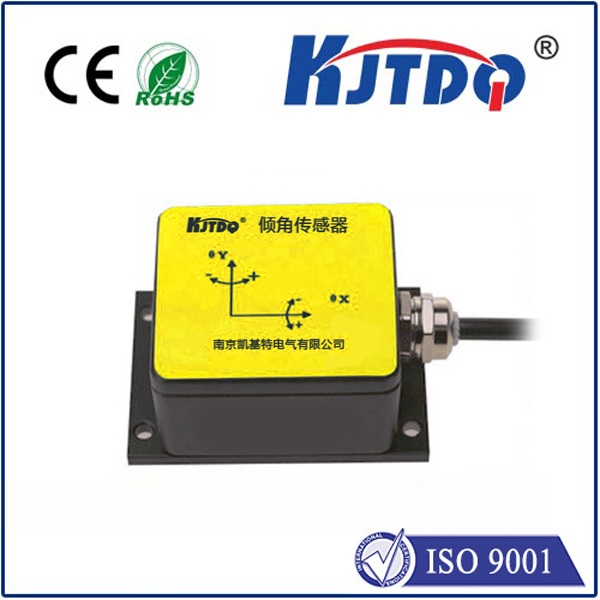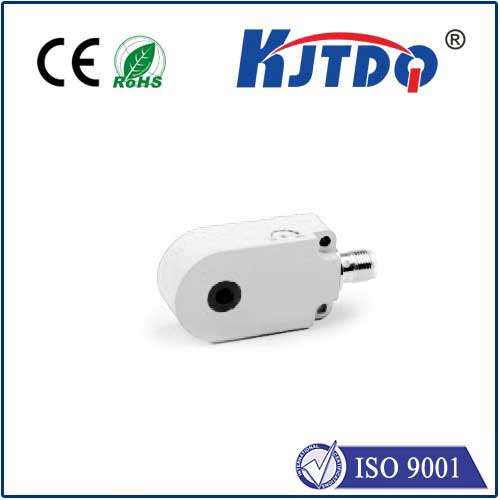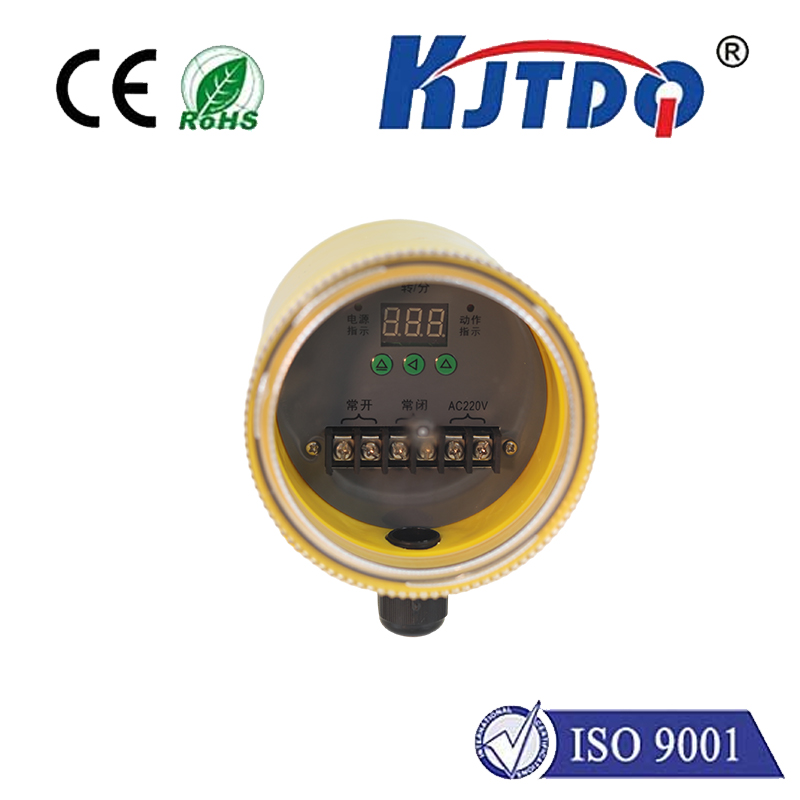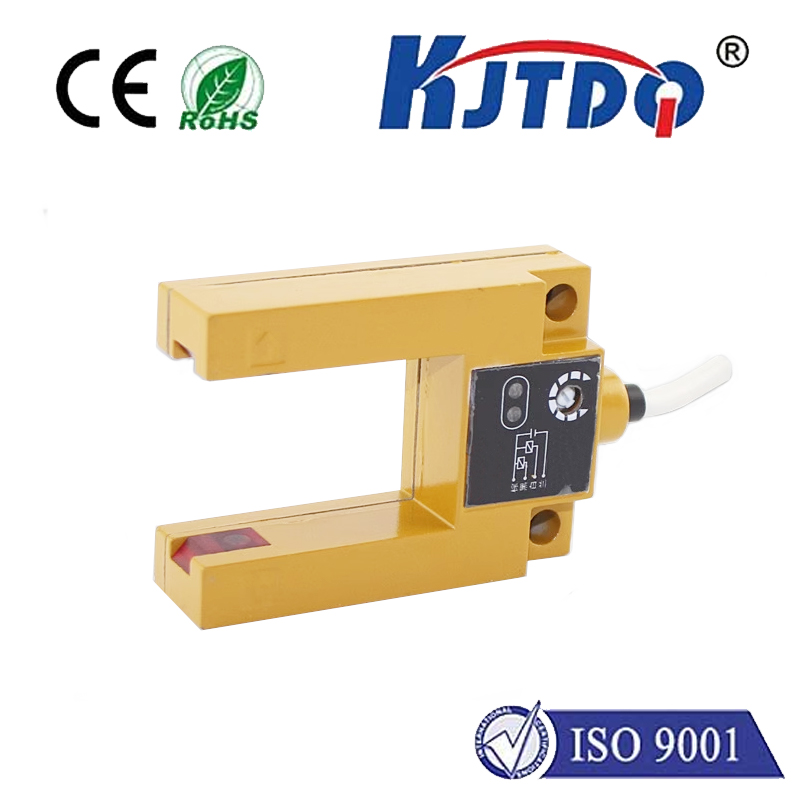Leica Inclinometer: Precision Measurement for Modern Engineering Challenges In an era where infrastructure projects stretch skyward and underground, the demand for precision and reliability in measurement tools has never been higher. Enter the Leica Inclinometer—a cutting-edge instrument redefining accuracy in geotechnical monitoring, construction, and civil engineering. Designed to measure angular displacement with unparalleled precision, this device is fast becoming an indispensable tool for professionals who refuse to compromise on quality. But what makes it stand out in a crowded market of measurement technologies? Let’s explore.
An inclinometer, at its core, is a device used to measure angles of slope, tilt, or elevation relative to gravity. These measurements are critical in applications ranging from monitoring structural stability in skyscrapers to assessing landslide risks in mountainous regions. Traditional inclinometers relied on manual readings or rudimentary sensors, often leading to time-consuming workflows and margin for error. The Leica Inclinometer disrupts this status quo by integrating advanced sensor technology with user-friendly software. Unlike conventional tools, it delivers real-time data with sub-millimeter accuracy, enabling engineers to detect even the slightest shifts in structures or terrain. Whether it’s ensuring a dam’s integrity or stabilizing a tunnel excavation, this tool transforms raw data into actionable insights.
In regions prone to landslides, even minor ground movements can signal impending disaster. The Leica Inclinometer is deployed in boreholes to track subsurface shifts over time. By analyzing tilt data, geologists can predict failure zones and implement preventive measures—saving lives and infrastructure.

As urban landscapes grow vertically, ensuring the stability of high-rises is paramount. Engineers embed inclinometers in building foundations and support structures to monitor settling or tilting caused by environmental factors like wind or soil compression. Real-time alerts enable swift interventions before minor issues escalate.
Tunneling projects face risks from ground pressure and water ingress. The Leica Inclinometer’s ability to detect deformations in tunnel linings helps crews adjust excavation techniques on the fly, minimizing delays and safety hazards.
Wind turbines, with their towering heights and dynamic loads, require constant monitoring. Inclinometers installed at the base or along the tower ensure alignment, preventing costly downtime due to structural misalignment.
While manual inclinometers rely on periodic readings, Leica’s automated system provides continuous monitoring. This shift from reactive to proactive maintenance reduces risks and operational costs. For example, in a recent dam monitoring project in Switzerland, Leica’s system detected a 0.5mm displacement in a concrete wall—a deviation invisible to the human eye but critical for preemptive repairs. Moreover, traditional tools often require specialized training, whereas Leica’s intuitive interface allows even novice users to operate the device efficiently. The result? Faster project timelines and fewer resource bottlenecks.
As the world moves toward smart cities and IoT-enabled infrastructure, the Leica Inclinometer is poised to play a pivotal role. Future iterations may incorporate AI-driven predictive analytics, enabling devices to forecast structural failures based on historical data trends. Imagine a sensor network that not only detects tilts but also predicts when and where a bridge might require maintenance—this is the promise of Leica’s innovation. Already, partnerships with BIM (Building Information Modeling) platforms are enhancing collaborative workflows. By embedding inclinometer data into 3D models, engineers can simulate scenarios and optimize designs before breaking ground.
While the article avoids a formal conclusion, it’s clear that the Leica Inclinometer isn’t just a tool—it’s a paradigm shift in measurement technology. By marrying precision with practicality, Leica empowers engineers to tackle modern challenges head-on, ensuring safer, smarter, and more sustainable infrastructure for generations to come.
